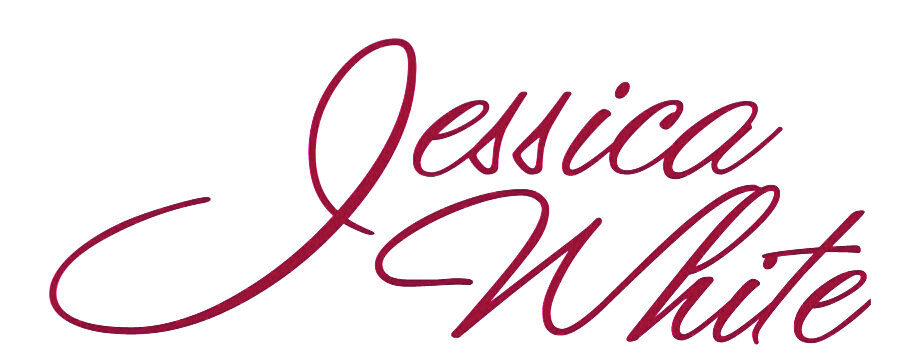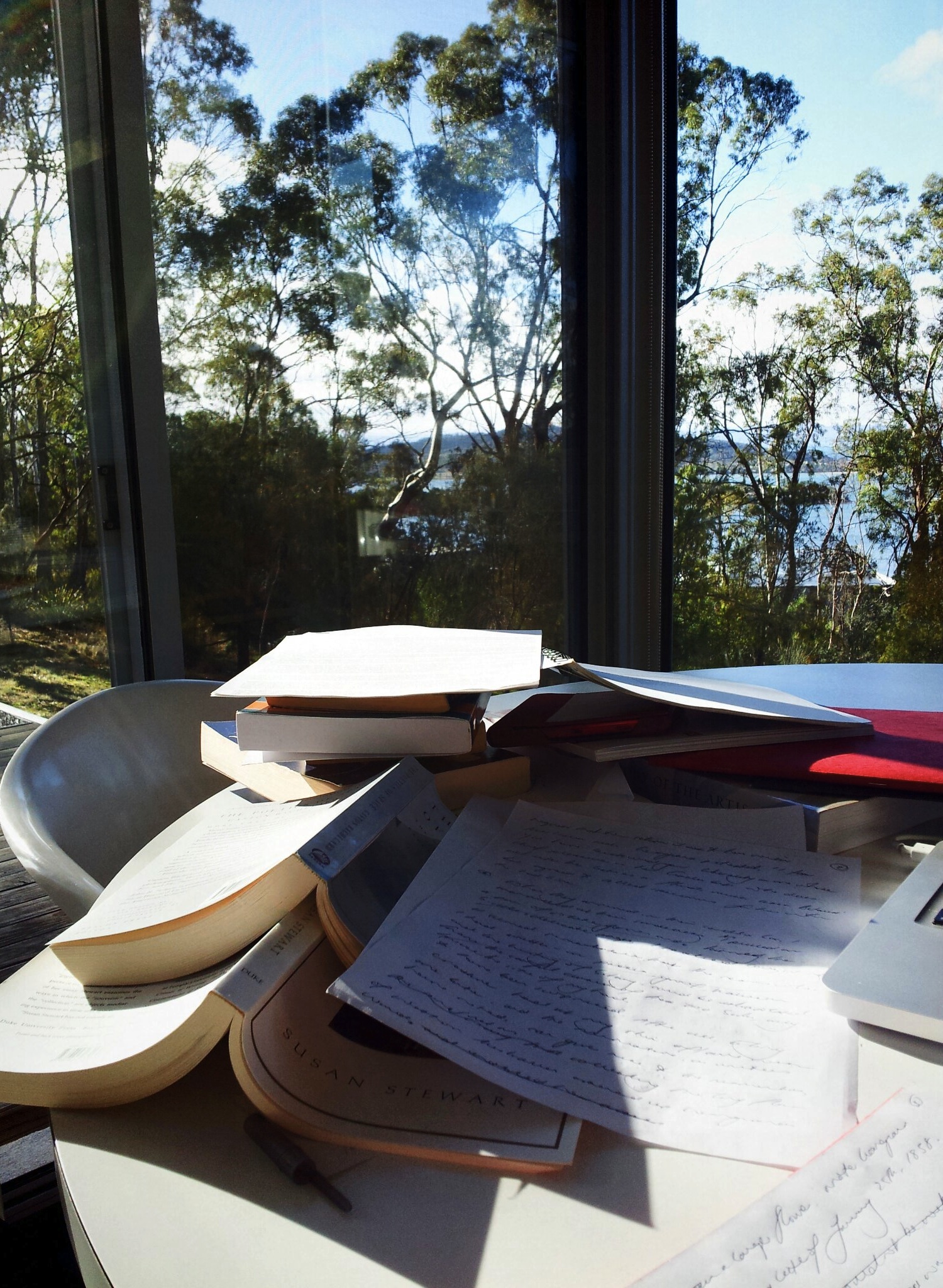Notes from the Field (vii)
I’m on holidays at last and catching up on my blogging, which has very much taken a back seat this year. To pick up on my last post, after my day at the Lindley Library I caught the Tube to Kew Gardens. I spent quite a bit of time at Kew while I lived in London because it’s home to the National Archives, where I did archival research for Dr Fiona Paisley for her book on Anthony Martin Fernando. This time, though, I was there for the plants.
Kew Herbarium and Library
The Royal Botanic Gardens at Kew has a library and an herbarium. I went to the former first, after getting a coffee at a café named Antipodean (as a general guide for coffee snobs, coffee made by Aussies in the UK tends to be ok). I knew Mangles had corresponded with William Hooker, director of Kew Gardens from 1841 – 1865, because there’s a letter from Hooker to Mangles in the latter’s letterbooks asking for information on Georgiana Molloy’s contemporary and collector, James Drummond. Alas there were only a few letters from Mangles in the archives, along with some from his son who was also in the plant trade. On the library’s databases there were also scans of letters from George Wailes, another correspondent of Mangles’, to Hooker, so I copied them too.
In the exhibition space was a collection of works by Maria Sibylla Merian, a 17th Century German naturalist and illustrator who travelled to South America with her daughter to collect and illustrate specimens. Her most famous work is Metamorphosis Insectorum Surinamensium, published in 1705 with 60 plates of engravings of the plants, animals and wildlife of the Surinam region, but she was also a scientist, closely observing and documenting insects and their metamorphosis. Some of her illustrations were on display and they were absolutely gorgeous. I thought it fitting, that I was researching a female collector of plants at the time that this was showing.
One of Georgiana Molloy's specimens
On the third day I visited the herbarium, which is like a library of dried plants, with thousands of folders of pressed specimens stored in cupboards. I followed the lady looking after me up a red, 19th century spiral staircase (like the ones in the greenhouse), where she located some of the flowers Georgiana had pressed and sent to Mangles. I just about turned inside out with excitement, but it was also eerie, to think that she had handled those specimens one hundred and seventy five years before. The lady took me to another section of the herbarium which was cooled, and wheeled open some huge compactors to take down the folders of flowers. It was a giant botanical filing cabinet.
The Hive
Afterwards I wandered into Kew Gardens and had a look at The Hive, a structure designed to create awareness of bees, then my favourite part of Kew, the Palm House.
The Palm House
I also had a look at the Shirley Sherwood gallery of botanical art, and the Marianne North Gallery, which exhibits (from wall-to-wall) the botanical art of another intrepid female traveller, Marianne North, all of which was gorgeous and amazing.
River Thames at Richmond
The next morning I went for a run in Richmond Park, and walked along the river back to where I was staying. It was a gorgeous day, with clear blue sky, lush green grass, a really good running track and the odd deer - a far cry from the carnage that would unfold on London Bridge that night with the terrorist attack.
Richmond Park














































